Preventing frozen car door locks involves taking proactive measures to reduce the likelihood of ice formation and moisture accumulation. Here are some tips to help prevent frozen car door locks:
Apply a Lubricant:
Use a silicone-based or graphite lubricant on the door locks. This reduces friction and helps prevent the accumulation of moisture that can lead to freezing.
Use a De-Icing Fluid:
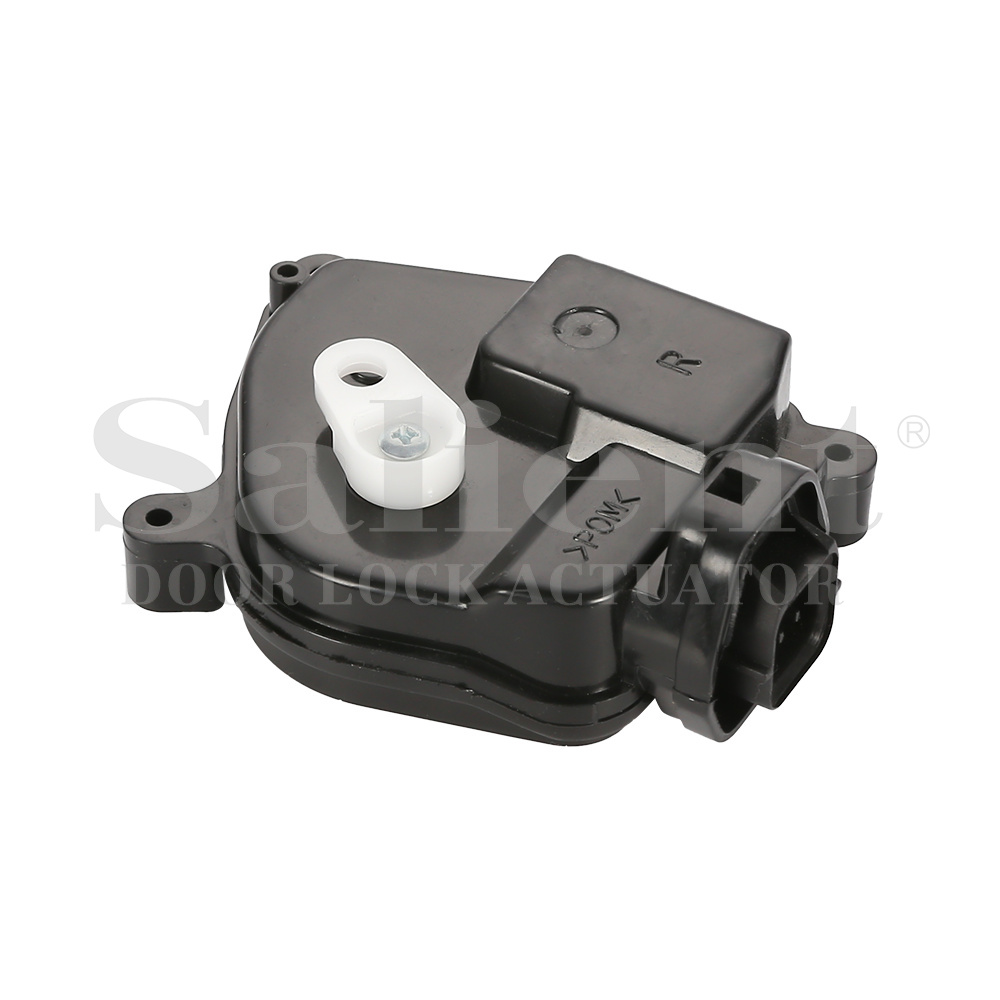
Apply a commercial de-icing fluid to the locks before cold weather sets in. These fluids are designed to melt existing ice and prevent new ice formation.
Cover Keyholes:
When the vehicle is parked, consider covering the keyholes with a plastic or rubber cap. This helps prevent moisture from entering the keyhole and freezing.
Keep the Car Sheltered:
Whenever possible, park the car in a garage or another sheltered area. This protects the vehicle from direct exposure to harsh weather conditions and reduces the chance of freezing.
Remote Start the Car:
If your vehicle has a remote start feature, use it to warm up the car before attempting to unlock the doors. This can help thaw any frozen components.
Install a Car Cover:
Using a car cover can provide an additional layer of protection against cold weather and moisture. It helps keep the car's exterior and locks relatively dry.
Apply Petroleum Jelly:
Apply a small amount of petroleum jelly to the key and insert it into the lock. This can help prevent moisture from sticking to the key and entering the lock.
Keep Spare Keys Indoors:
Store spare keys indoors rather than leaving them in the car. If a key is left in the lock, it can attract moisture and contribute to freezing.
Regular Maintenance:
Periodically inspect and maintain your car's door locks. Clean them, remove any debris, and reapply lubricant as needed.
Use a Silicone Spray:
Spray a silicone-based lubricant directly into the keyhole and around the lock mechanism. This provides a protective barrier against moisture.
Avoid Pouring Hot Water:
Avoid pouring hot water on frozen locks, as sudden temperature changes can cause the glass to crack or damage the lock mechanism.
Check Weather Stripping:
Ensure that the rubber weather stripping around the door frame is in good condition. Damaged weather stripping can allow moisture to seep into the door and contribute to freezing.
Keep Door Seals Clean:
Clean the rubber door seals regularly to prevent the accumulation of ice. A clean seal ensures a proper door closure, reducing the chance of freezing.By incorporating these tips into your winter car care routine, you can minimize the risk of frozen car door locks and make it easier to access your vehicle in cold weather.


 English
English Español
Español
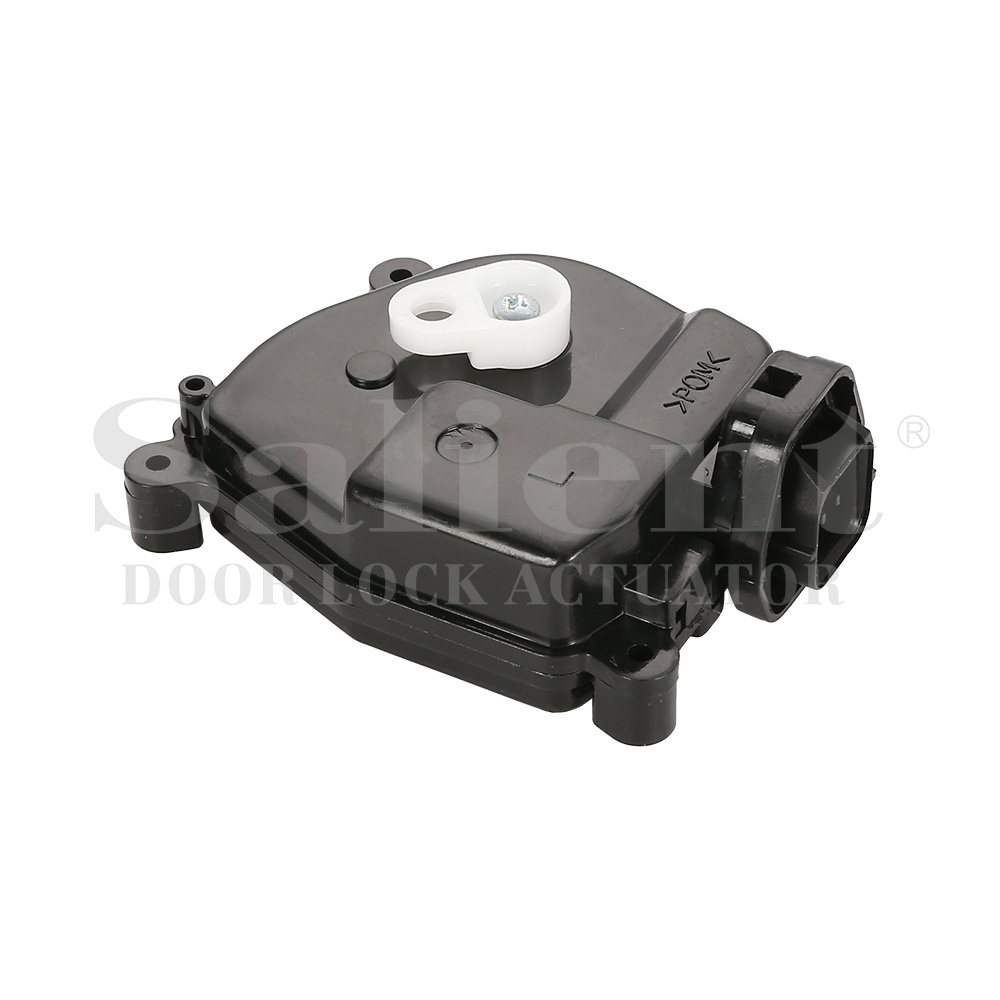
.jpg)
.jpg)
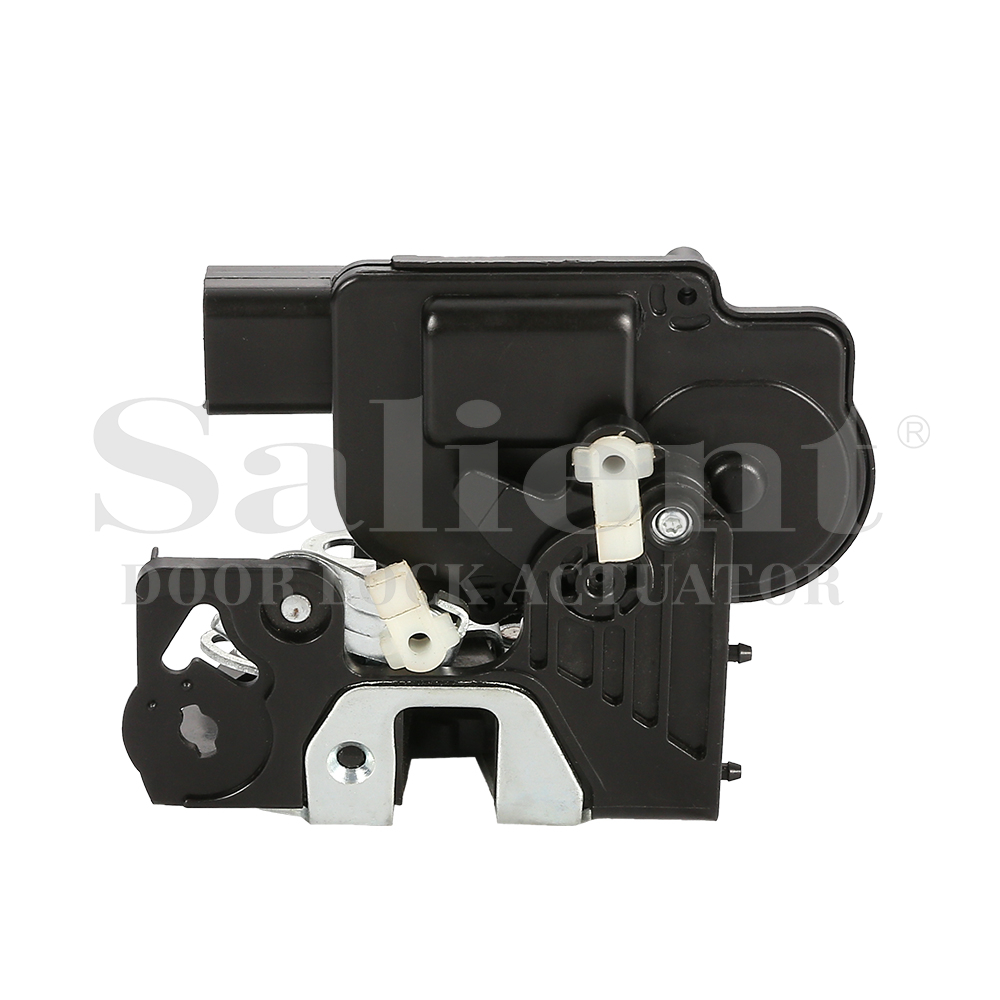
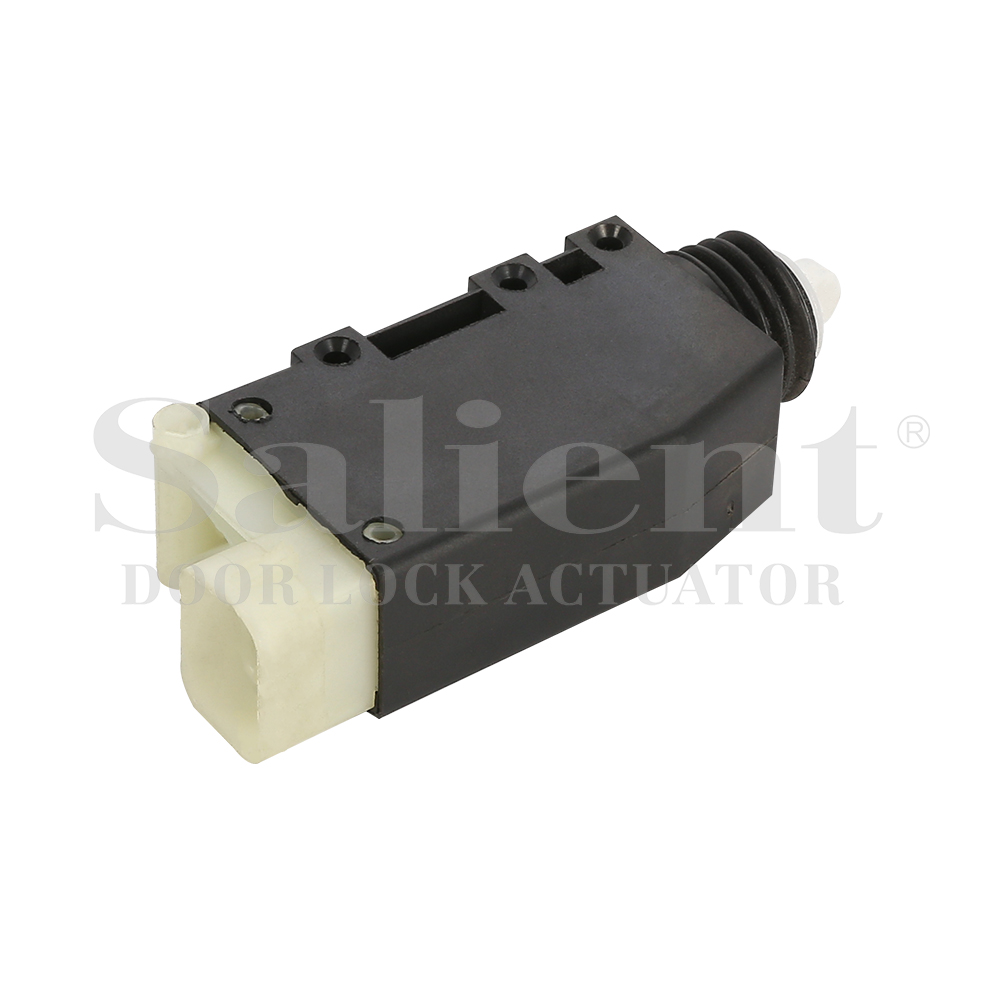
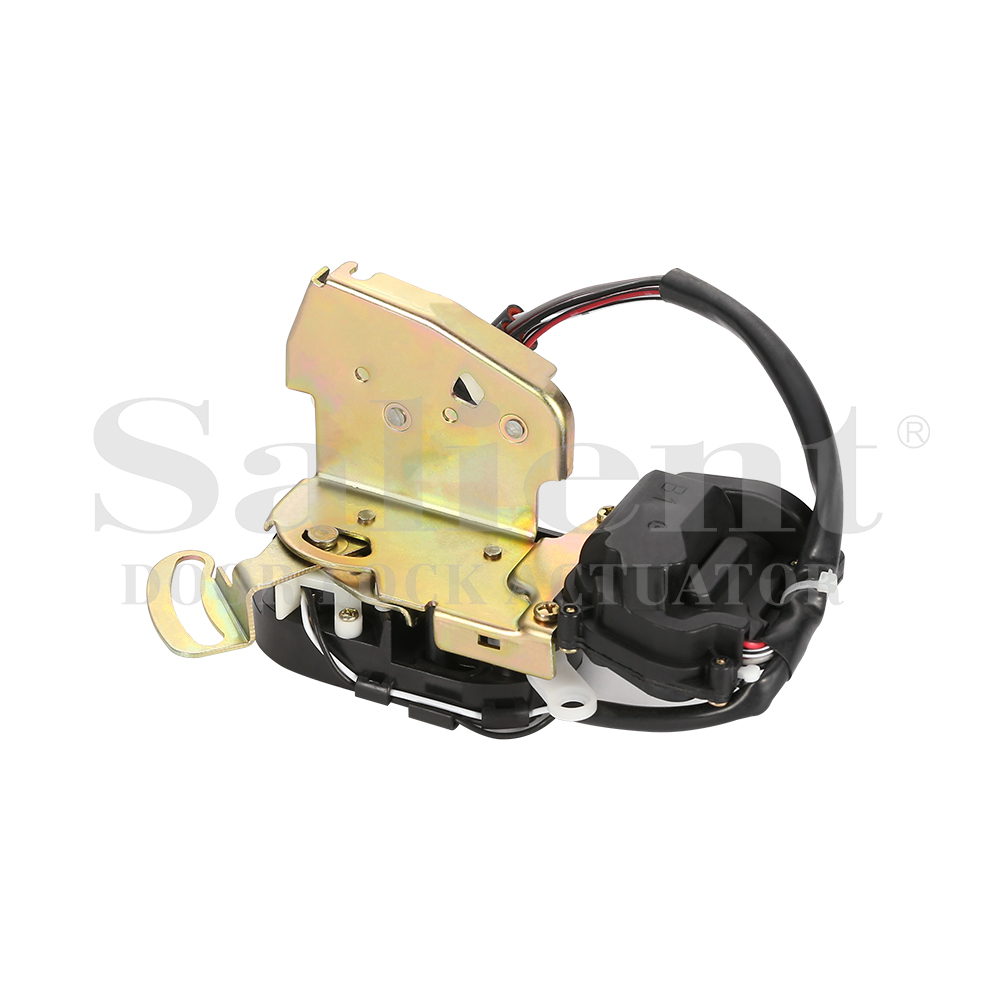
-1.jpg)
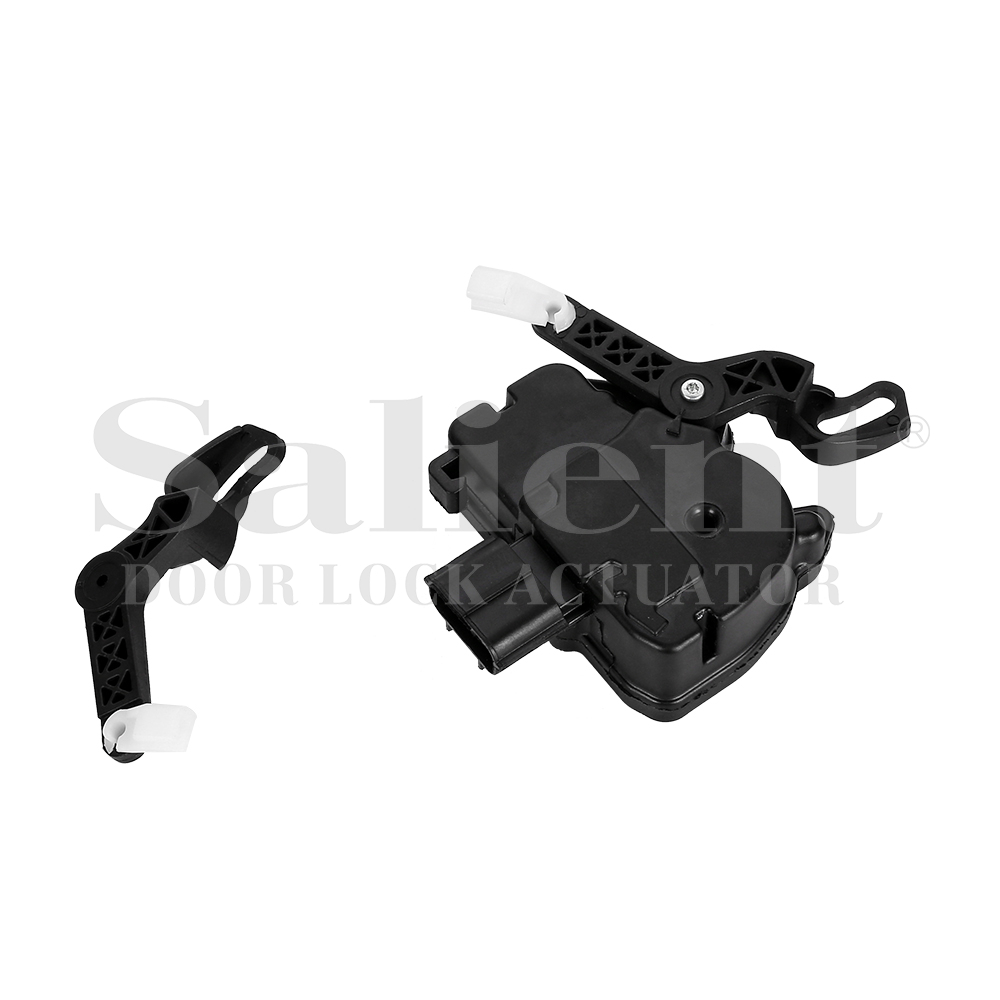

.jpg)
.jpg)
-1.jpg)

